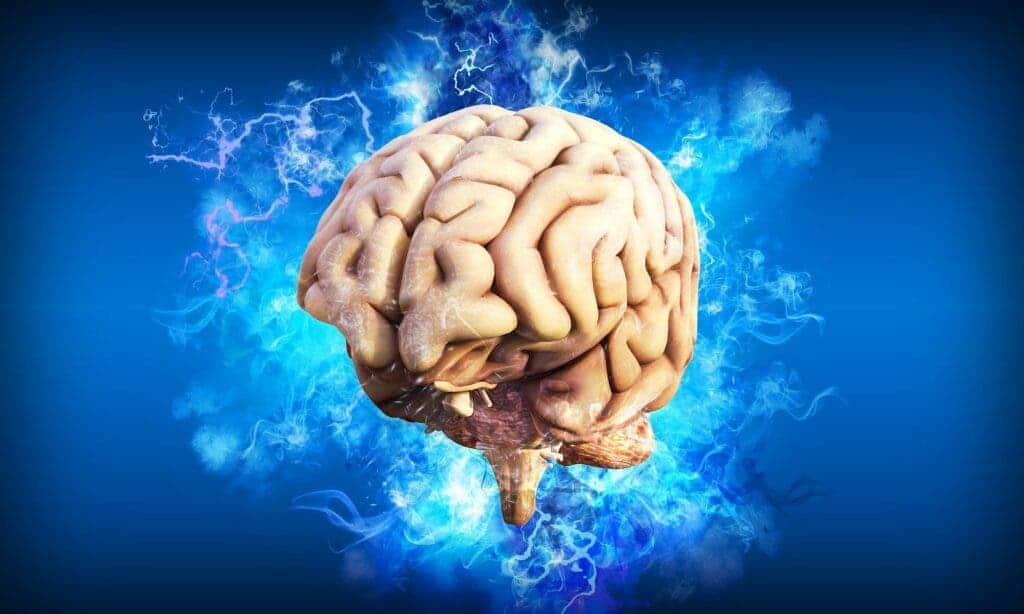
Psychopathy is one of the most recognizable and well-studied personality disorders — and for good reason too: it can sometimes be deadly dangerous. But with all the research that’s been poured into studying psychopathy and its anti-social traits, we still don’t have a clear picture as to what causes it.
Like other developmental disorders, there is not one single cause of psychopathy, with research indicating a complex interplay of genetic and environmental factors that work together to shape people into psychopaths. These factors could manifest themselves in fundamental biological differences at the neural level between psychopathic and non-psychopathic people — and a new study may have just spotted one such biological difference.
Neuroscientists at the Nanyang Technological University (NTU Singapore), the University of Pennsylvania, and California State University used magnetic resonance imaging to scan the brains of 120 volunteers from the United States. Each participant was interviewed using the Psychopathy Checklist-Revised, a standardized psychological assessment tool that can determine the presence of psychopathic traits in individuals.
By looking at the brain scans of the individuals who scored higher on the psychopathy test, the researchers noticed that an area of the forebrain, known as the striatum, was about 10% larger in psychopathic people compared to individuals with low or no psychopathic traits.
“Our study’s results help advance our knowledge about what underlies antisocial behavior such as psychopathy. We find that in addition to social environmental influences, it is important to consider that there can be differences in biology, in this case, the size of brain structures, between antisocial and non-antisocial individuals,” Assistant Professor Olivia Choy, a researcher at NTU’s School of Social Sciences and a neurocriminologist who co-authored the study, said in a statement.
Chasing reward at any cost

Psychopaths are often portrayed as violent characters like serial killers or dictators in books, television, and film. But while the propensity for physical violence can be a psychopathic feature, it is by no means the defining one. There are many psychopathic people who’ve never laid a finger on another person, though they may inflict emotional harm in other ways.
Rather than violence and aggression, the main defining feature of psychopathy is the lack of empathy, which can manifest itself in anti-social behavior since the individual lacks guilt, remorse, or what most people would call a conscience.
Psychopaths often are manipulative, charming, exploitative, and behave impulsively and in a risky manner to reap all sorts of rewards, including monetary gains, political power, or even sex.
The striatum is part of a larger subcortical region of the brain that, more broadly, coordinates various elements of cognition, including decision-making, motivation, reinforcement, and reward perception.
Previous studies have linked psychoactive traits with heightened activity in the striatum, which may increase the need for stimulation through thrill-seeking behavior, as well as lead to a higher likelihood of impulsive behavior.
The new study, which linked MRI scans and the results of screening for psychopathy, is the first to link having larger striatum to psychopathic traits. It’s also the first time that psychopathy was linked to enlarged striatum in both males and females.
The striatum becomes smaller as a child matures, and the new findings suggest that it may be possible that some aspects of psychopathy could be owed to differences in how the brain develops.
“Because biological traits, such as the size of one’s striatum, can be inherited by a child from a parent, these findings give added support to neurodevelopmental perspectives of psychopathy – that the brains of these offenders do not develop normally throughout childhood and adolescence,” Professor Adrian Raine from the Departments of Criminology, Psychiatry, and Psychology at the University of Pennsylvania, who co-authored the study, said in a statement.
The findings appeared in thehttps://dx.doi.org/10.1016/j.jpsychires.2022.03.006 Journal of Psychiatric Research.






